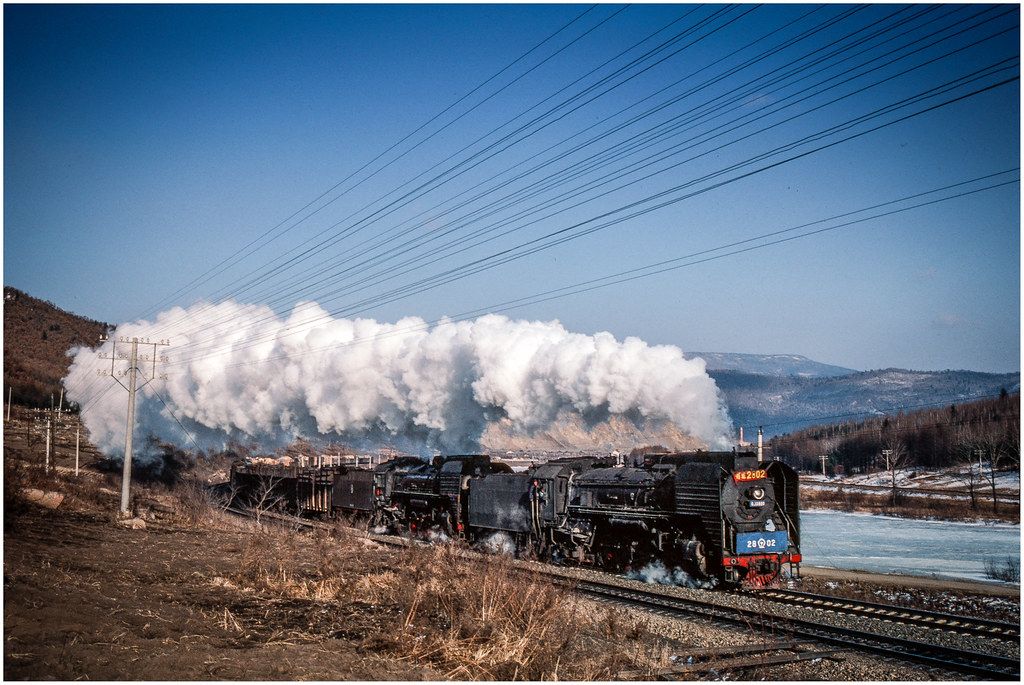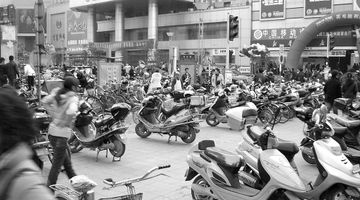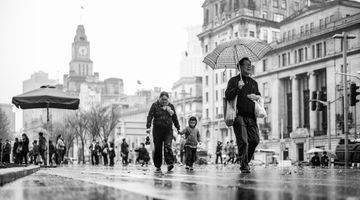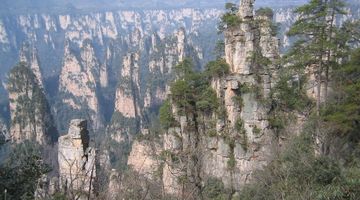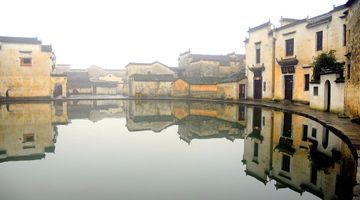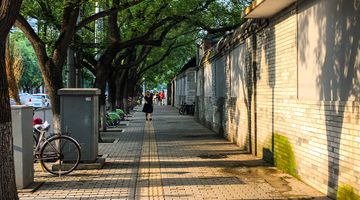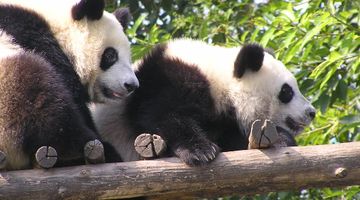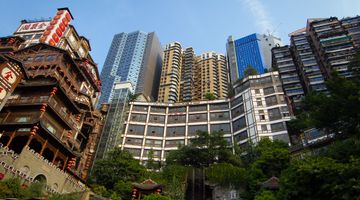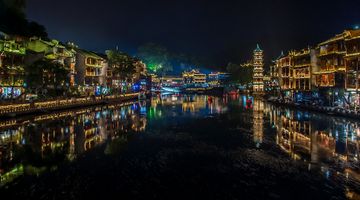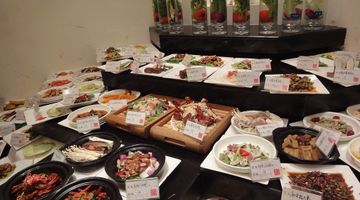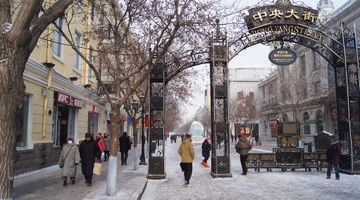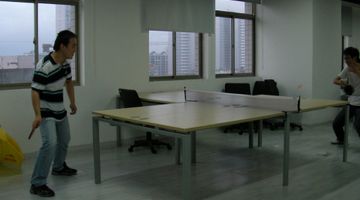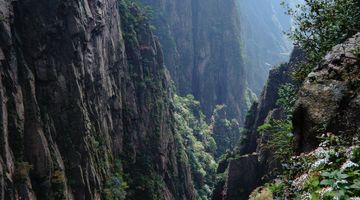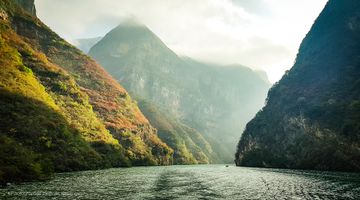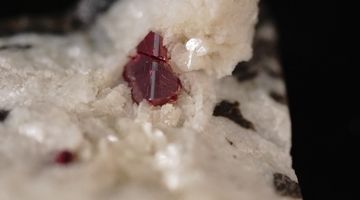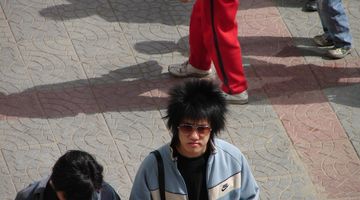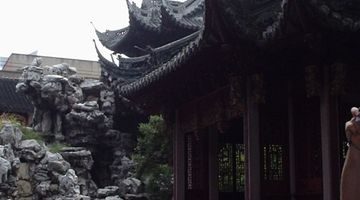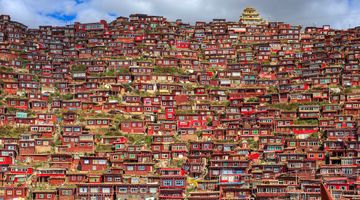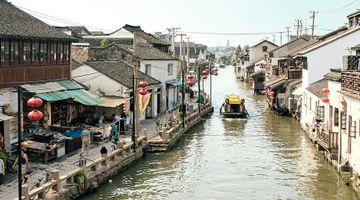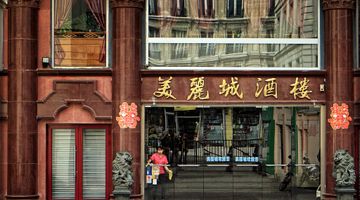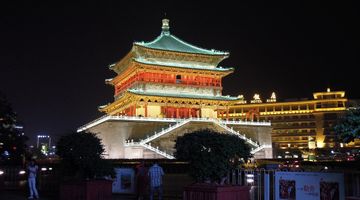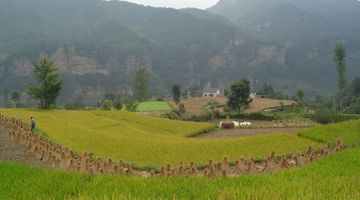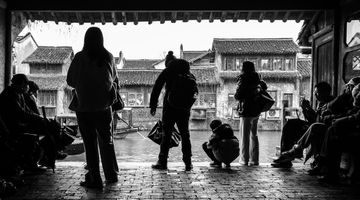Heilongjiang China – Your Quick Travel Guide
In a nutshell
Heilongjiang is a province in the extreme north east of China bordering Russia and Mongolia, its shape resembles that of a swan.
Where to go in Heilongjiang
Harbin is the capital city of this province and its main attractions are its architecture, culture and history from its Russian influences in and around Zhongyang (Central) Walking Street in buildings such as St. Sophia’s Cathedral. Another strong draw to Harbin- the Ice City, is the annual Ice and Snow Festival every January and February when thousands of people arrive despite temperatures of -35C.
Daxing’anling and Mohe Cities are at the extreme northerly tip of the province and surrounded by some of the largest Eastern Larch forest in northern China and home to several kinds of rare plants and animals. Beiji village in Mohe County is known as the village of the Northern Pole, it is the only place in China where you can witness a summer day without darkness during the summer solstice.
The Oroqen ethnic group in Shibazhan town, still practice their mysterious and primitive local customs here. To travel to this mountainous area you must first arrive in Mohe, the train from Harbin will take you 15 hours. Be prepared for long winters as this season can last 7 months of the year.
The city of Heihe sits on one side of the Heilongjiang River with the opposite bank being Russia; close to the city is the Wudalianchi Geopark. It is a large scenic area with five interconnecting lakes; it was once one large lake but volcanic action and magma created the five lakes you can see today. The geopark is a museum of volcanoes, with 14 within the area including the two youngest volcanoes in China. Wild animals such as black bears, deer, wild boar and pheasant thrive here.
Yichun is to the south of Heihe and the county shares almost 250km of the national border with Russia. 120 km from the city you will find Tangwanghe National Park with the Tangwang River being a local transpostation route and the Stone Forest created by volcanic action. You will find the largest Korean Pine forest in Asia at Wuying National Forest Park. Back in the city of Yichun is a water park next to the largest Dinosaur Museum in the north east of China.
Jixi is a small city in the east of the province with a population of around 2 million people; its attractions are its surrounding mountains and Khanka Lake, home to cranes, swans and egrets among other birds. The lake is shared with Russia with the northern part being Chinese. The city has a warmer climate than most in the province and is known as the spring city of northern China.
Mudanjiang has the largest alpine barrier lake in China, Jingpo Lake is a narrow long lake formed over ten thousand years ago during volcanic eruptions. The area around the lake has underground lava tunnels to explore as well as the majestic Diaoshuilou Waterfall. Shuangfeng Forest is home to Hailin City and its famous Snow Town where you can ski, sled and enjoy the winter scenery for up to seven months every year.
When to go to Heilongjiang
Due to the extremely long winter in most of this province unless you are taking part in wintery activities the best time to visit is during the summer. Summers in Heilongjiang are mild and usually offer the best time to travel around the province and explore.
Where to stay in Heilongjiang
In Harbin there are hundreds of hotels to suit all budgets, once you leave that city your choices of where to stay will be a little more restricted, particularly if you prefer your accommodation to be of the luxury standard.
If you are heading to the smaller cities it is advisable to book in advance, use sites such as Hostelbookers or Tripadvisor and you will get good prices.
It is best to avoid peak travel season such as the Spring Festival and National Holiday in October.
In Mohe you can stay on a farmhouse, also hostels are available from less than CNY30 per night.
Where and What to Eat in Heilongjiang
The cuisine of Heilongjiang relies on preserved foods such as pickled cabbage, stews and hot pot. The food tends to be less spicy than that found in other parts of China. Fish and pork are popular as is wheat and maize. This region is not as reliant on rice as a part of the staple diet as it is in the south. Noodles, steamed bread and cornbread are regularly eaten in preference to rice. If western food is a crucial part of your diet you may suffer outside of the larger cities as the more rural areas of this province are unlikely to have too many fast food options.
How to get around Heilongjiang
There are 13 airports in Heilongjiang province with most flights operating to and from Harbin.
Trains are an easy way to get around the province; again most services are centered to and from Harbin. There are two trains each day between Harbin and Mohe taking 13 and 15 hours with a hard sleeper costing CNY279.5.
There are 3 buses in each direction every day between Harbin and Wudelianchi Geopark with tickets costing CNY100. Harbin to Mudanjiang by bus takes around 4 hours with Jixi taking a further 2 hours.
How to get to and from Heilongjiang
By air
Harbin International Airport is the major entry point into the region with flights from over 50 destinations in China and Asia including several flights daily from Beijing, Shanghai and Guangzhou. A flight from Guangzhou to Harbin will take around 5 hours and cost CNY1000.
Another route into the province is through Mudanjiang, there are 12 destinations to and from the international airport including major Chinese cities and international flights from Vladivostock and Seoul in South Korea.
By train
There are trains from several Chinese cities to Harbin with a mixture of fast high speed trains and normal services. Beijing can be reached in anything from 7 hours to almost 24 hours with 26 trains between the two cities every day. A second class seat on a high speed train costs CNY306.5, while a hard sleeper on a much slower train costs CNY289.
Trains from Mudanjiang to outside the province are infrequent and the route goes through Harbin. There are three direct trains each day from the city to Dalian, taking 15 to 18 hours and costing CNY280 for a hard sleeper.
By bus
There is a bus service from Vladivostock in Russia to Harbin costing CNY1000 and takes around 12 hours.
You can enter China at Heihe by crossing the river from the Russian city of Blagoveshchensk. During the short summer the crossing is made by boat and in the winter buses operate across the frozen river. When the ice is not thick enough to support the weight of a bus then hovercrafts are used.
How safe is Heilongjiang?
It is generally safe in this province with violence against foreigners a very rare occurrence. If you see any political rallies or such it is best to avoid getting involved. Petty crime such as pickpockets may operate in the larger cities but keep your valuables safely hidden away and there should be no problems.
Taxi drivers can be reckless in the larger cities but out in the rural areas it is not a problem except maybe poorly maintained roads away from the main routes.
If you need to visit a hospital, there are good ones in Harbin. Elsewhere in the province the standard of healthcare may be poorer and little or no English will be understood.

